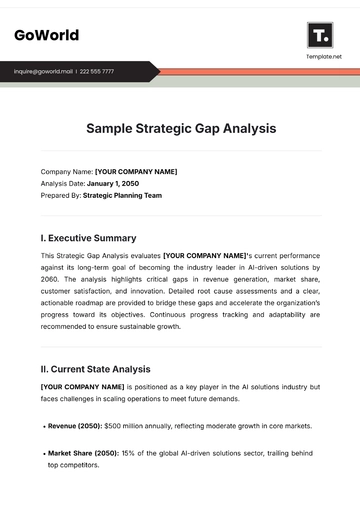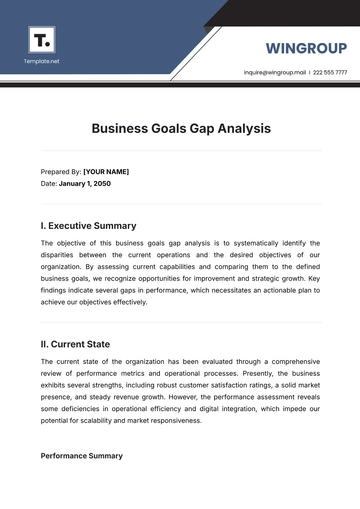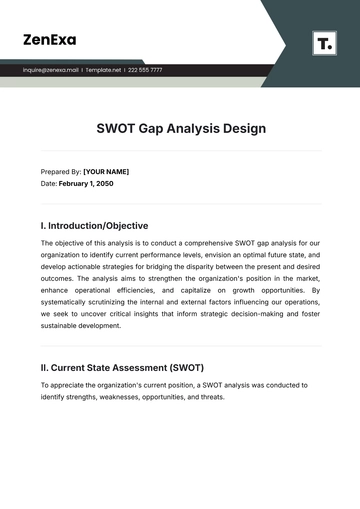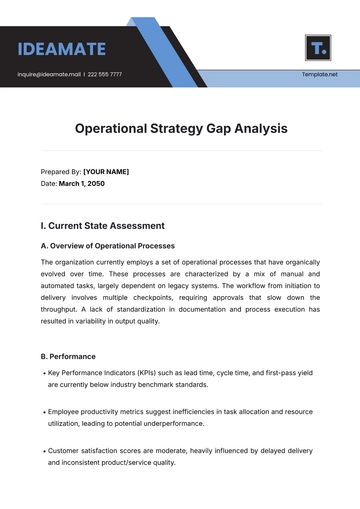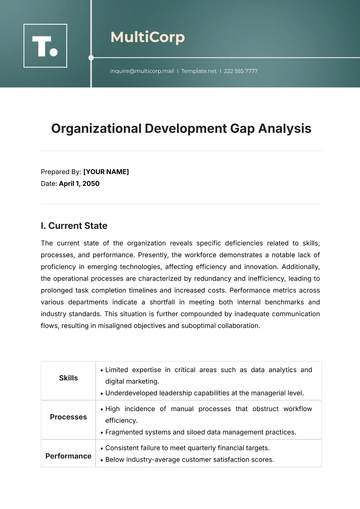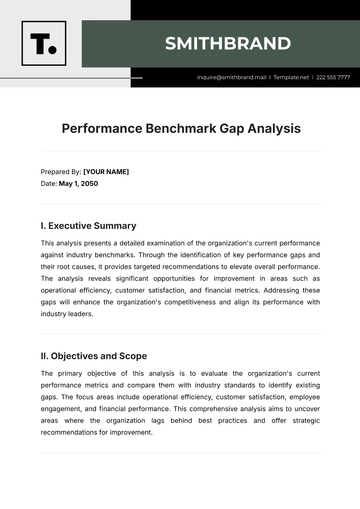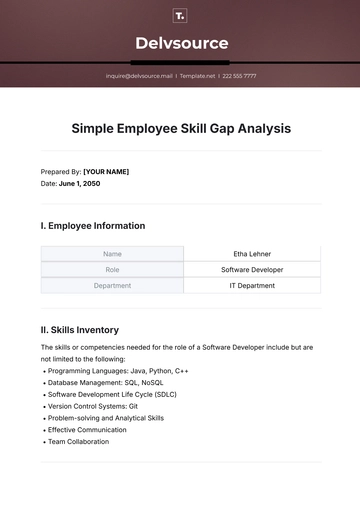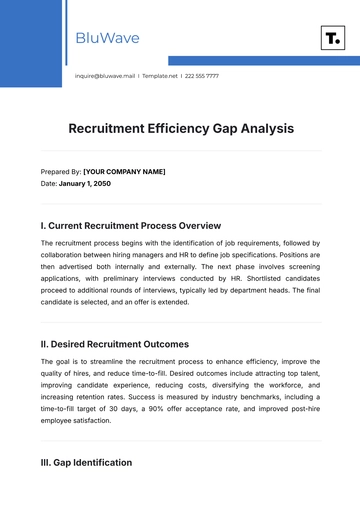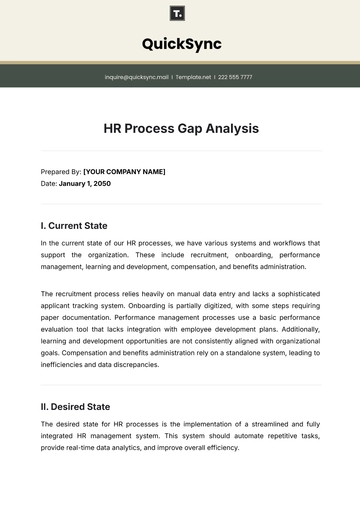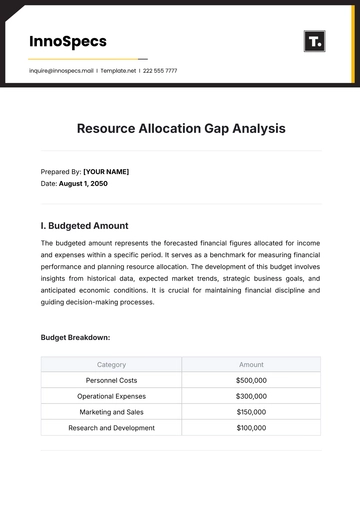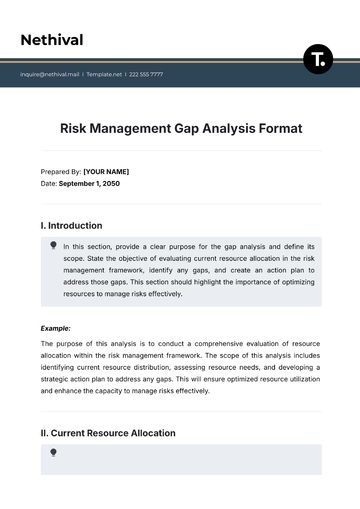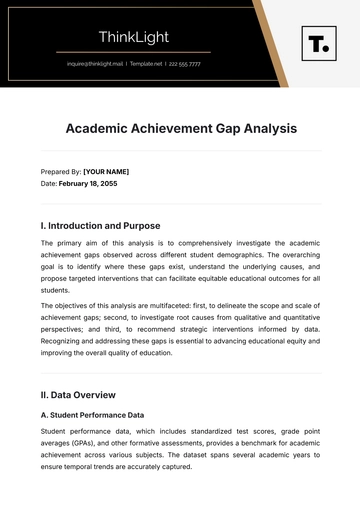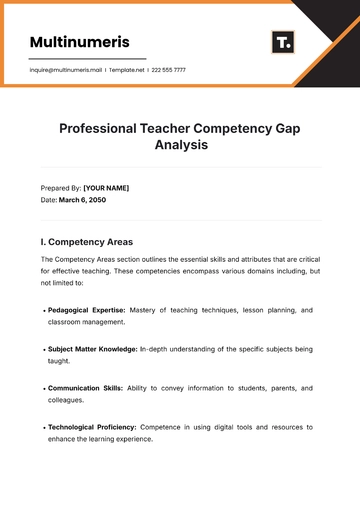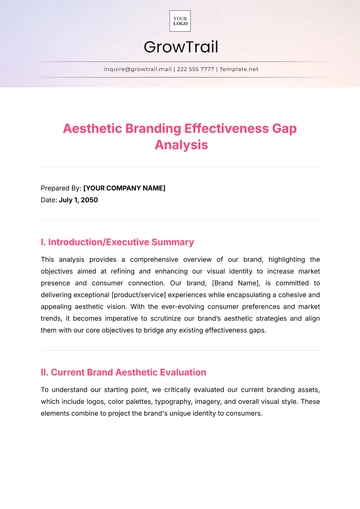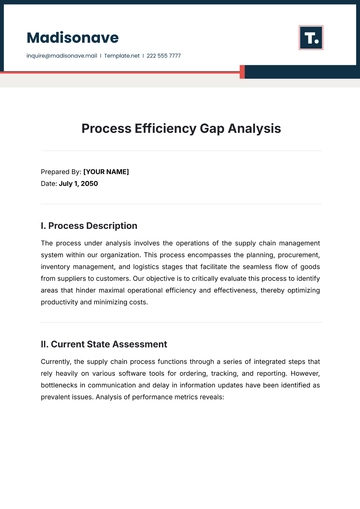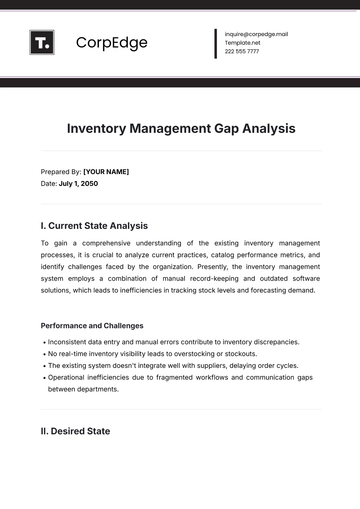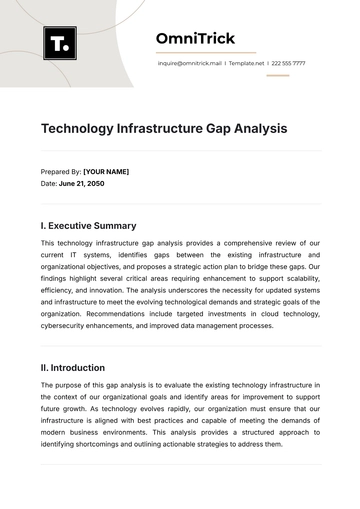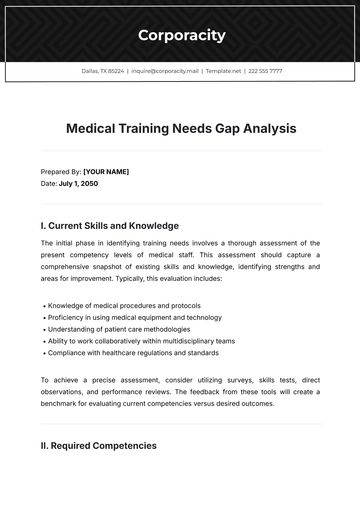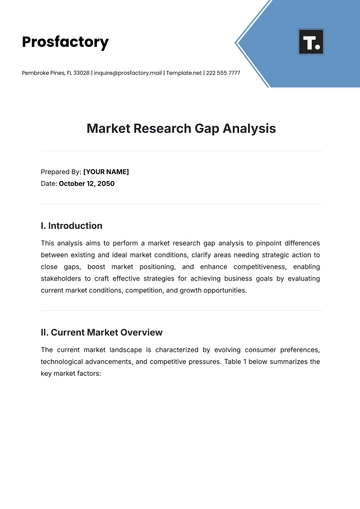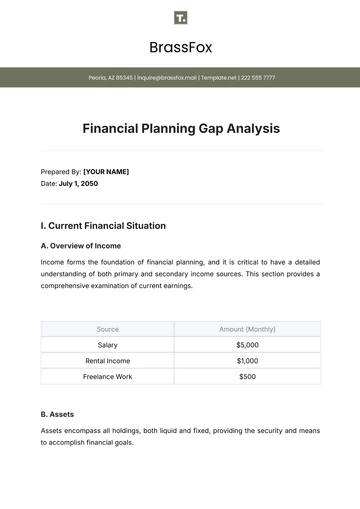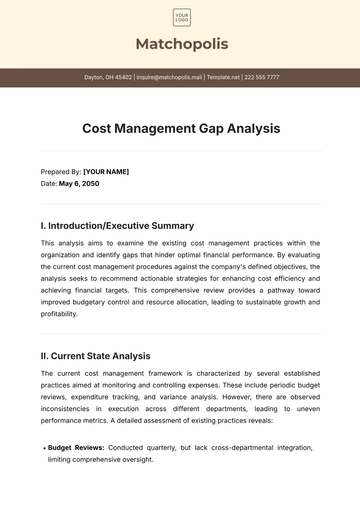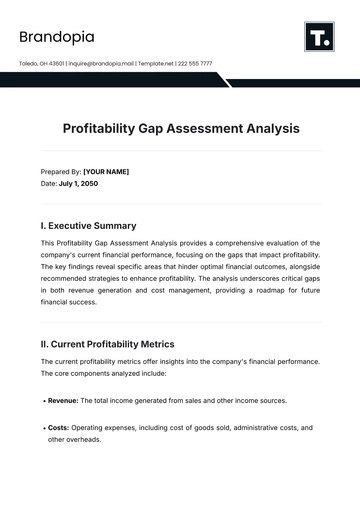Free Film Content Analysis

Prepared By: [Your Name]
Date: [Date]
1. Introduction
Film Content Analysis is a methodical approach used to examine and interpret various elements of films, including themes, narrative structure, and stylistic techniques. "The Journey Within", a contemporary drama about Emma's personal and professional struggles leading to self-discovery, is an exemplary subject for this analysis. By dissecting the film's narrative and artistic components, this analysis aims to uncover its deeper messages and understand its impact on audiences, offering insights into how the film conveys its themes of self-discovery, personal conflict, and transformation.
2. Methodology
2.1 Research Approach
Selection Criteria: The film was chosen for its rich thematic content and complex character development, which offer ample material for a detailed analysis.
Analytical Framework: The analysis utilizes narrative theory to examine the structure and themes, as well as feminist theory to explore gender representation.
Data Collection: Data was collected through a close reading of the film, including scene-by-scene analysis and contextual research on the film’s production and reception.
2.2 Analytical Techniques
Thematic Analysis: Identifying and interpreting recurring themes such as self-discovery and redemption.
Character Analysis: Examining the protagonist’s evolution and relationships with other characters.
Narrative Structure Analysis: Analyzing the film’s plot structure and story arcs.
Stylistic Analysis: Assessing the film’s visual and auditory techniques, including cinematography and sound design.
3. Film Summary
3.1 Plot Overview
"The Journey Within" follows Emma, a successful but disillusioned corporate executive who embarks on a journey of self-discovery after a personal crisis. The plot unfolds as Emma encounters various challenges that force her to confront her values and desires, ultimately leading to a significant transformation.
3.2 Key Elements
Setting: The film is set in a bustling urban environment juxtaposed with serene natural landscapes that reflect Emma’s inner journey.
Main Characters:
Character | Role | Description |
|---|---|---|
Emma | Protagonist | The central figure whose internal struggles and growth drive the narrative. |
Daniel | Mentor | Provides guidance and support, helping Emma navigate her challenges. |
Claire | Antagonist | Represents societal expectations and obstacles that Emma must overcome. |
Plot Points:
Emma’s initial crisis and decision to change her life.
Encounters with key figures that challenge her beliefs.
The climax is where Emma confronts her greatest fears and finds a resolution.
4. Thematic Analysis
4.1 Central Themes
Self-Discovery: The film explores Emma’s journey to understand her true self beyond societal roles and expectations.
Personal Conflict: Emma’s internal struggles and conflicts with others highlight the challenges of personal growth.
Redemption: The narrative culminates in Emma’s redemption and transformation, emphasizing the possibility of change and self-acceptance.
4.2 Symbolism
Visual Symbols:
Mirrors: Represent self-reflection and the search for identity.
Nature: Symbolizes freedom and personal growth.
Narrative Symbols:
The Journey: Represents Emma’s path to self-discovery and personal fulfillment.
5. Character Analysis
The following table provides a detailed analysis of the main characters, including their roles, development, motivations, and relationships.
Character | Role | Development/Motivation | Relationships/Character Arcs |
|---|---|---|---|
Emma | Protagonist | Evolves from a disconnected executive to a self-aware individual who embraces her true desires and values. | Daniel: Acts as a catalyst for Emma’s transformation, providing wisdom and support. |
Daniel | Supporting Character | Facilitates Emma’s journey and provides crucial insights. | Emma: Guides and supports Emma’s transformation. |
Claire | Supporting Character | Represents societal constraints that Emma must overcome. | Emma: Opposes Emma’s values and goals, symbolizing external conflicts. |
6. Narrative Structure
6.1 Plot Structure
Exposition: Introduction of Emma’s life and the initial crisis that sets the story in motion.
Rising Action: Emma’s encounters with significant characters and challenges push her towards self-discovery.
Climax: Emma confronts her deepest fears and makes a pivotal decision that changes her life.
Falling Action: Resolution of conflicts and the process of integrating new insights into Emma’s life.
Denouement: Emma’s new-found peace and acceptance of her identity.
6.2 Story Arcs
Main Arc: Emma’s transformation from a disillusioned executive to a fulfilled individual.
Subplots: Relationships and conflicts with secondary characters that contribute to Emma’s growth and the overall narrative.
7. Stylistic Elements
7.1 Cinematography
Visual Techniques: The film uses a mix of dynamic camera angles and steady shots to reflect Emma’s internal turmoil and moments of clarity.
Color Palette: The contrast between vibrant urban settings and muted natural landscapes enhances the thematic exploration of freedom and self-discovery.
7.2 Sound Design
Score: The musical score underscores emotional moments and reflects the film’s thematic shifts.
Sound Effects: Subtle sound effects are used to enhance the atmosphere and emphasize key moments in Emma’s journey.
7.3 Editing
Pacing: The editing balances fast-paced sequences with slower, introspective moments to reflect Emma’s emotional journey.
Transitions: Smooth transitions between scenes mirror Emma’s evolving state of mind and the film’s thematic progression.
8. Impact, Reception, and Conclusion
8.1 Audience Reception
Critical Reviews: The film received praise for its thoughtful exploration of personal growth and its strong performances, particularly by the lead actress.
Box Office Performance: The film achieved moderate commercial success, resonating with audiences seeking meaningful drama.
8.2 Cultural Impact
Influence: The film contributed to discussions about self-discovery and personal fulfillment, resonating with viewers facing similar challenges.
Legacy: "The Journey Within" is noted for its insightful portrayal of personal transformation and its impact on contemporary drama.
8.3 Conclusion
Film Content Analysis of "The Journey Within" reveals a thoughtfully crafted narrative that explores themes of self-discovery and redemption. Through detailed examination of its thematic elements, character development, and stylistic choices, the analysis enhances appreciation of the film's artistic and emotional depth. This methodical approach to film study provides valuable insights into how films convey meaning and engage audiences, contributing to broader discussions about their cultural significance.
- 100% Customizable, free editor
- Access 1 Million+ Templates, photo’s & graphics
- Download or share as a template
- Click and replace photos, graphics, text, backgrounds
- Resize, crop, AI write & more
- Access advanced editor
The Film Content Analysis Template from Template.net is a must-have tool for in-depth film analysis. Fully editable and customizable, this template allows you to tailor your analysis to specific films, genres, or cinematic themes. Ideal for film critics, researchers, and students, it streamlines the evaluation process, ensuring detailed and accurate insights. Download, edit, and customize this versatile template to elevate your film content analysis.

